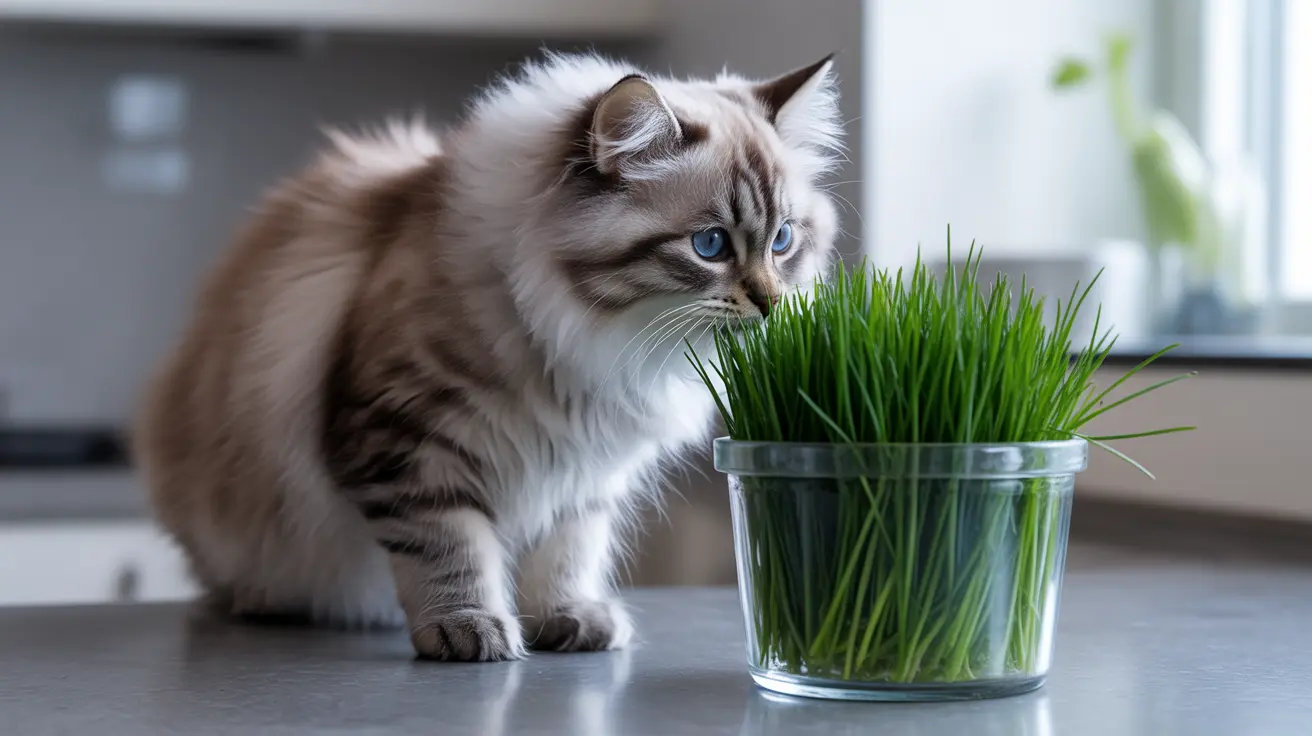Primary Causes of Feline Blood Clots
Heart Disease and Cardiomyopathy
The most common underlying cause of blood clots in cats is heart disease, particularly hypertrophic cardiomyopathy (HCM). This condition causes the heart muscle to thicken, leading to poor blood flow and increased risk of clot formation. When blood moves slowly or pools in the heart chambers, especially the left atrium, it's more likely to form clots.
Systemic Health Conditions
Several other health conditions can increase the risk of blood clots in cats:
- Hyperthyroidism
- Cancer (neoplasia)
- Kidney disease
- Chronic inflammatory conditions
- Protein-losing disorders
Recognizing the Warning Signs
Immediate Emergency Symptoms
Blood clots often present with sudden and severe symptoms, including:
- Intense pain and crying
- Paralysis, especially in the hind legs
- Cold or bluish paw pads
- Labored breathing
- Rapid heart rate
- Loss of pulse in affected limbs
Progressive Symptoms
Some cats may show gradual signs before a major clotting event:
- Lethargy
- Reduced appetite
- Exercise intolerance
- Irregular heart rhythm
- Breathing difficulties
Diagnosis and Treatment Options
Veterinarians use various diagnostic tools to confirm blood clots and identify underlying causes:
- Physical examination
- Blood tests
- Cardiac ultrasound (echocardiogram)
- X-rays
- Special coagulation studies
Treatment Approaches
Treatment typically involves multiple strategies:
- Emergency stabilization and pain management
- Blood-thinning medications
- Treatment of underlying conditions
- Supportive care and rehabilitation
- Long-term management plans
Prevention and Long-term Management
While not all blood clots can be prevented, several steps can help reduce risk:
- Regular veterinary check-ups
- Early heart disease screening
- Proper medication management
- Monitoring for warning signs
- Weight management and appropriate exercise
Frequently Asked Questions
What are the main causes of blood clots in cats, and which diseases increase the risk?
The primary cause of blood clots in cats is heart disease, particularly hypertrophic cardiomyopathy. Other risk factors include hyperthyroidism, cancer, kidney disease, and inflammatory conditions that affect blood clotting.
What symptoms should I watch for if my cat develops a blood clot?
Watch for sudden paralysis (especially in the hind legs), crying in pain, cold or bluish paw pads, labored breathing, and rapid heart rate. These symptoms require immediate emergency veterinary care.
How is a blood clot in a cat diagnosed, and what tests do veterinarians use?
Veterinarians diagnose blood clots through physical examination, blood tests, cardiac ultrasound, X-rays, and specialized coagulation studies. They will also look for underlying conditions that may have caused the clot.
Can a cat recover from a blood clot, and what is the typical treatment or management plan?
Recovery depends on the severity and location of the clot, plus any underlying conditions. Treatment typically includes pain management, blood-thinning medications, and therapy for underlying diseases. Some cats can recover with proper treatment, though the prognosis varies significantly.
How can I help prevent blood clots in my cat, especially if they have heart disease?
Prevention focuses on regular veterinary check-ups, early screening for heart disease, proper medication management if prescribed, and maintaining a healthy lifestyle. Cats with known heart conditions may need preventive blood-thinning medications.
Remember, blood clots in cats are serious medical emergencies requiring immediate veterinary attention. Understanding the causes and recognizing early warning signs can help ensure the best possible outcome for your feline companion.






